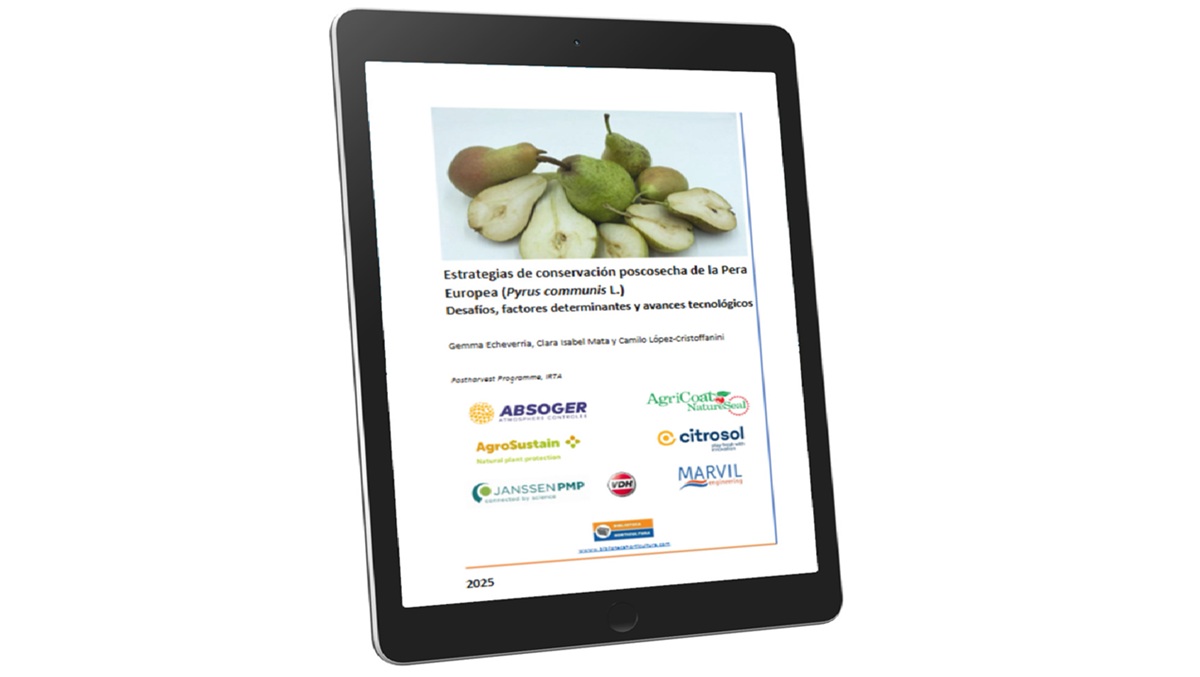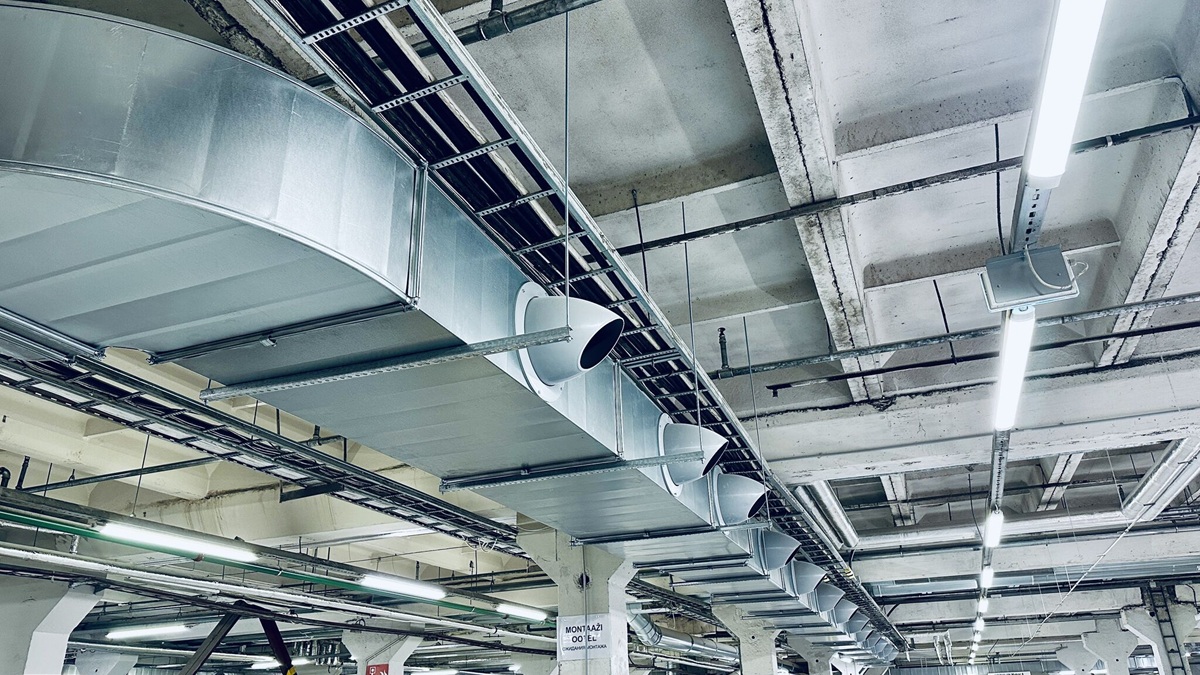News
Review on effects of ozonation on the growth of microorganisms and the quality preservation of different F&V
The review by Riya Barthwal et al. highlights ozone to avoid microorganisms growth without the undesirable by-products from some conventional methods,and stimulates the synthesis of bioactive and antioxidant compounds
Ozone technology has emerged as an efficient sterilization technique for fruits and vegetables, avoiding undesirable by-products from some conventional methods.
Additionally, it stimulated the synthesis of bioactive and antioxidant compounds by activating secondary metabolic pathways. However, there are conflicting findings in the literature related to their impact on the quality and physiological processes of fruits and vegetables (F&V).
This scientific literature review focuses on key studies examining the effects of ozonation on the growth of microorganisms and the quality preservation of different F&V.
This review also enlarges our understanding of eco-friendly technologies which not only extend the shelf life of F&V but also uphold their quality without introducing harmful chemicals.
Introduction
F&V act as a vital component of a healthy and balanced diet and are considered an essential segment in the food market. They are an indispensable source of various nutrients such as complex carbohydrates, dietary fibers, minerals, vitamins, as well as bioactive components including phenolic acids, anthocyanins, flavanols, and plant sterols.
According to the World Health Organization (WHO), daily consumption of 400 g of F&V enhances overall health by reducing the risk of non-chronic illnesses including cancer, cardiovascular disease, inflammation, etc.
Spoilage
However, F&V are highly fragile and susceptible to spoilage causing 2–8 % of foodborne illness, possessing short shelf-life (Denis et al., 2016). The definite spoilage-causing microorganisms differ based on the type of produce, cultivation technique, harvest conditions, as well as geographical location.
Common spoilage-causing fungi include Alternaria sp., Botrytis sp., Monilinia sp., Colletotrichum sp., Penicillium sp., Diplodia sp., Rhizopus sp. and Sclerotinia sp., while bacteria including Erwinia sp. and Pseudomonas sp.
Pathogens like Escherichia coli, Listeria monocytogenes, Salmonella typhimurium, and Enterococcus faecalis also represent substantial risk.
Decontamination and prevention of microbial growth
This necessitates the application of effective treatment for the decontamination of vegetables and the prevention of microbial growth.
Various chemical treatments have been employed using chlorine, peracetic acid, electrolyzed water, and hydrogen peroxide solution, however, they form cytotoxic, genotoxic, and mutagenic byproducts such as such as haloacetic acids and trihalomethanes that persist in the environment.
Moreover, exposure to chlorinated water for longer period leads to off-flavour development, thereby affecting the quality of F&V available in raw or cut form.
A lot of studies are available that detect the residues of pesticides as well as of chemicals used in pretreatments using ion chromatography, gas chromatography, LC-MS/DAD, etc.
Consequently, regulatory bodies, such as those under European Union legislation (e.g., EEC 2092/91), have implemented strict regulations on the utilization of chlorine and bromine-based sanitizers in fruits and vegetable industry, with an aim of eventually phasing them out entirely.
Ozone, a green technology
This has as consequence a growing demand for natural additives and green technologies to preserve fruits and vegetable safety and quality.
Ozone treatment emerges as a promising solution which is an environment-friendly and non-thermal technique of food preservation.
Ozone, an allotrope of oxygen, is a potent oxidizing agent recognized as safe (GRAS) by the FDA for direct food contact in both aqueous and gaseous form as an antimicrobial additive in 2001. It decomposes rapidly into oxygen, leaving no harmful residues, making it appropriate for organic food certification.
The ozone application in both aqueous and gaseous forms is effective for shelf-life extension of raw F&V, as well as processed form (juices) by sterilizing equipment and eradicating unwanted additives and microorganisms during transportation and storage.
It also acts as an abiotic elicitor of the defense system in minimally processed food products.
Despite its advantages, ozone's strong oxidizing properties can have adverse health effects, such as headaches, coughing, dry throat, and respiratory issues if exposure is not controlled.
Ozone's efficacy in decomposing organic compounds, including pesticide residues, without generating secondary pollutants, highlights its potential as a green and efficient sanitizing method for the post-harvest treatment of F&V.
The present review
The present review extensively describes the relevance of ozone in preserving the quality of F&V as well as its effectiveness in reducing microbial charge.
The mechanism involved in applying ozone treatment on the quality of horticultural produce with a focus on alteration in metabolic process.
Further, the article also explores the combine effect of ozone with other technologies through the hurdle technology, which optimises ozone's efficacy `and minimises its limitations.
Sources
Riya Barthwal, Akanksha Negi, Deepika Kathuria, Narpinder Singh. (2024). Ozonation: Post-harvest processing of different fruits and vegetables enhancing and preserving the quality. Food Chemistry, 141489. https://doi.org/10.1016/j.foodchem.2024.141489
Picture is the graphical abstract


.jpg)









